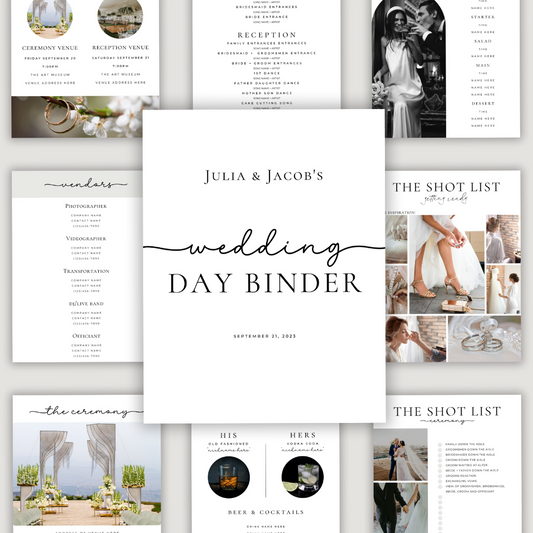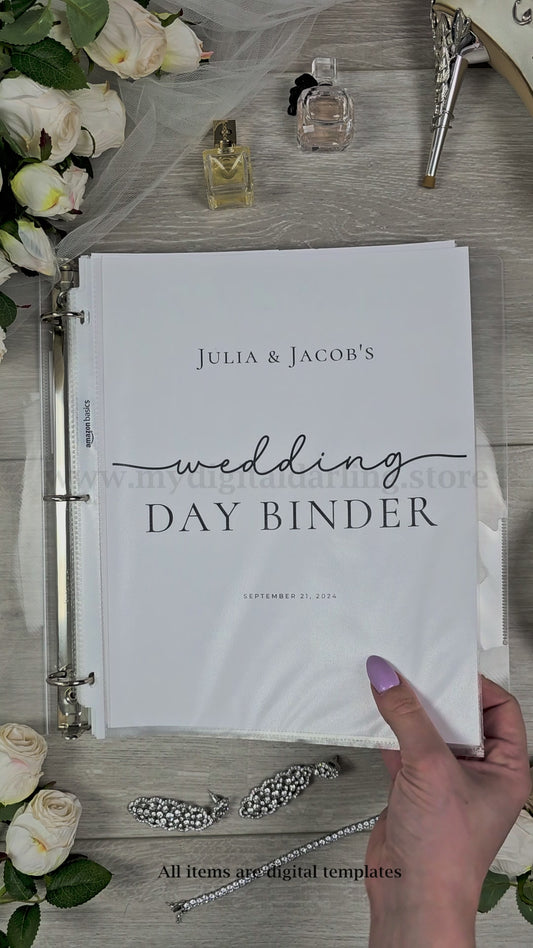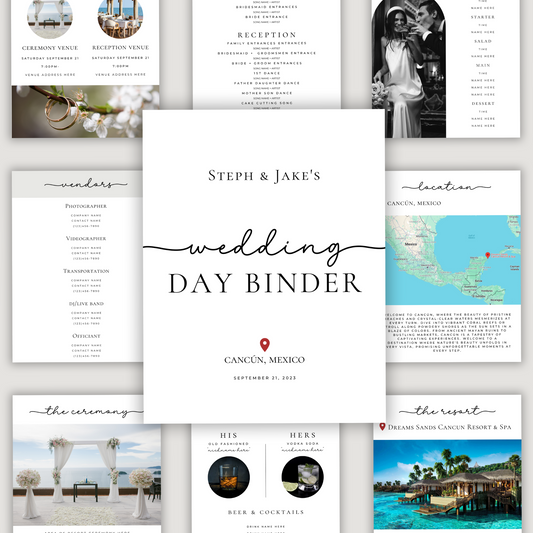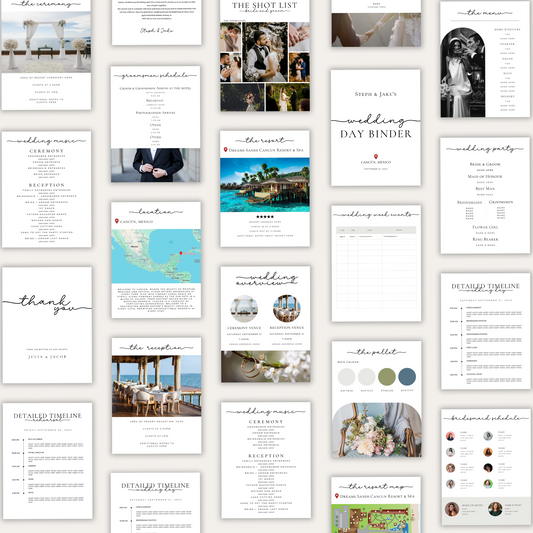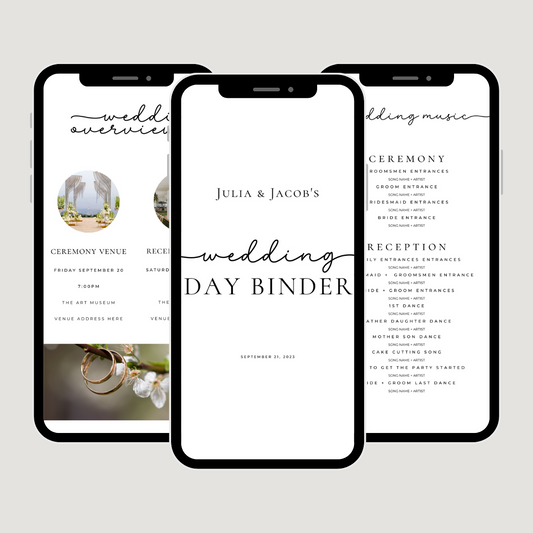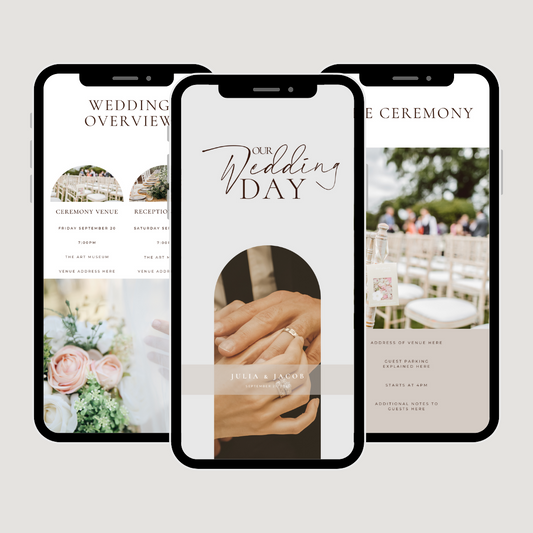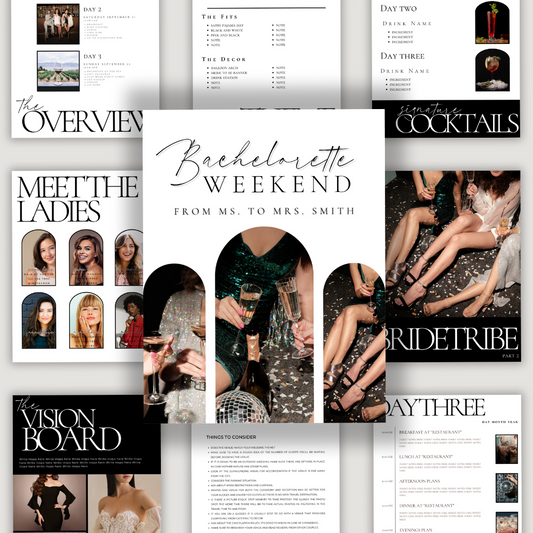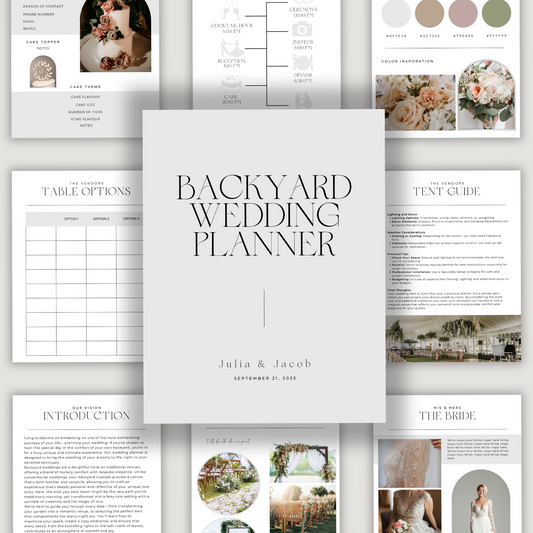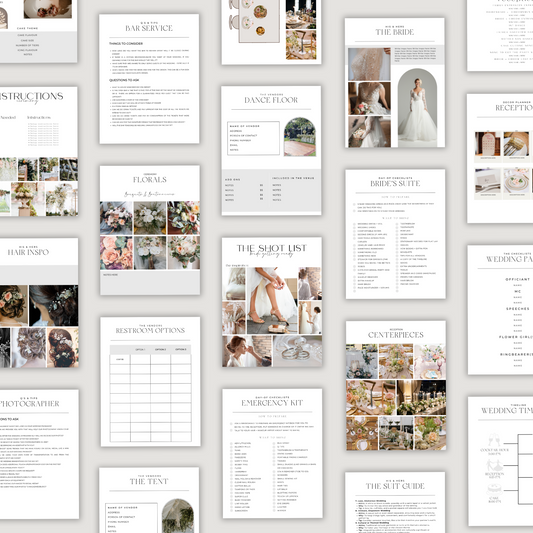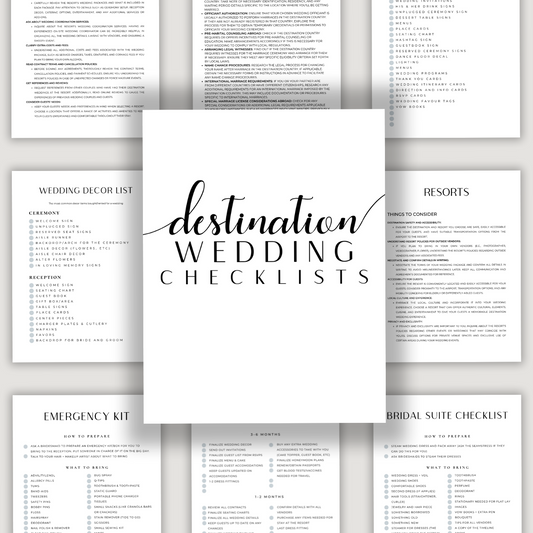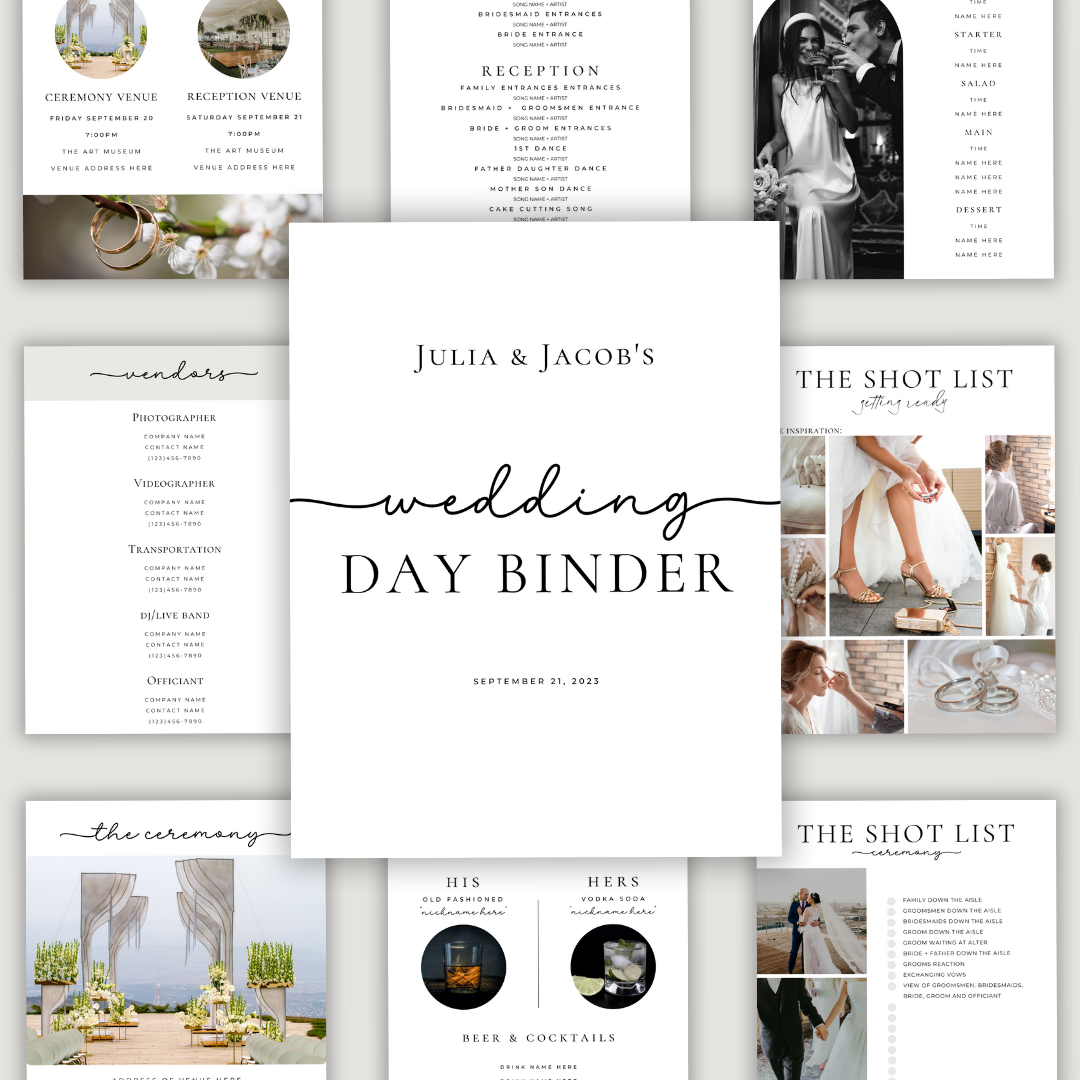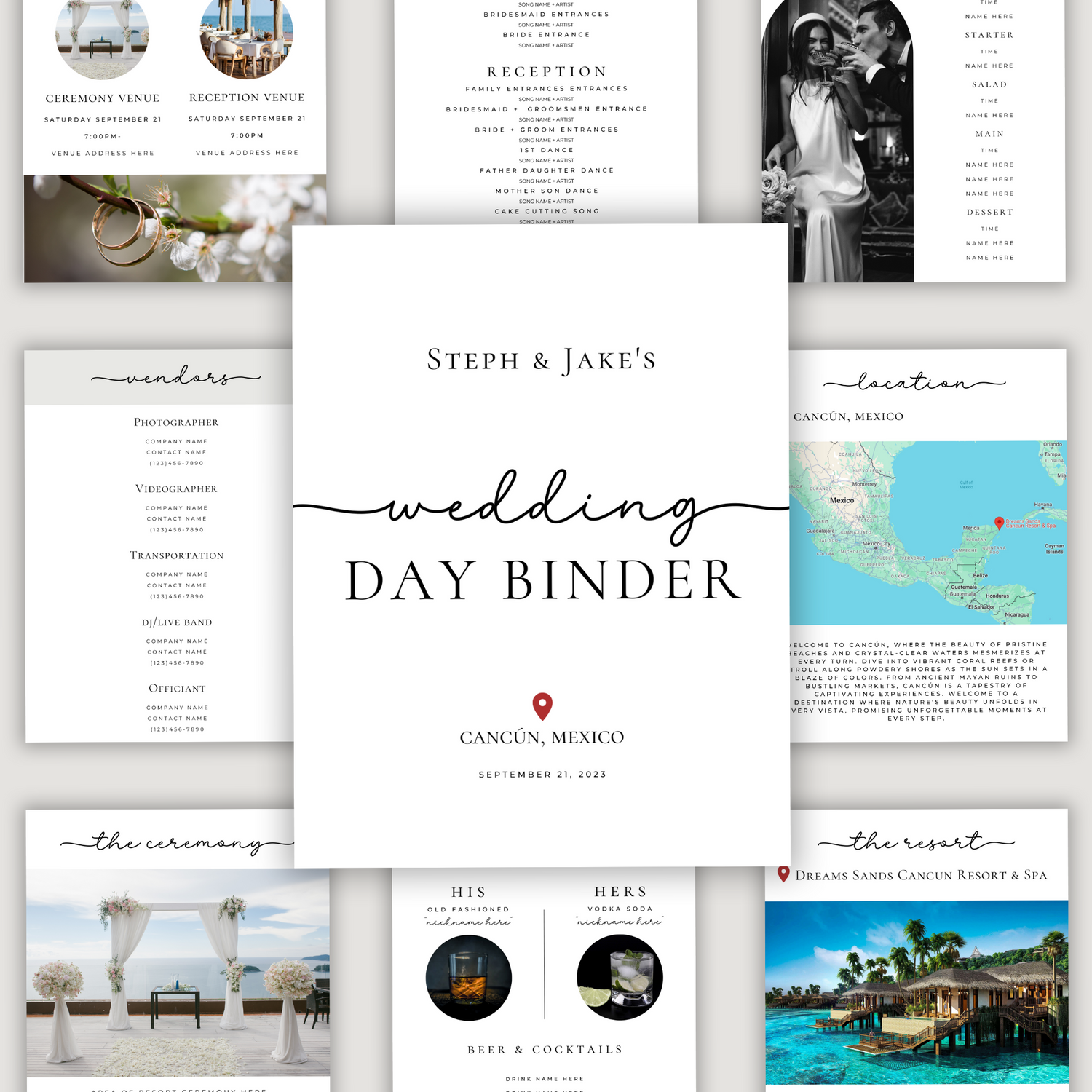How to Coordinate a Wedding Ceremony
Share
Coordinating a wedding ceremony is an intricate task that requires meticulous planning, organization, and communication. As the pivotal moment of the wedding day, ensuring that the ceremony runs smoothly is crucial. Whether you’re a professional wedding coordinator or a friend helping out, this guide will provide you with essential steps and tips to successfully coordinate a wedding ceremony.
1. Understand the Couple’s Vision
Initial Meeting
- Meet with the couple to understand their vision, preferences, and expectations for the ceremony.
- Discuss the ceremony’s style, theme, and any special traditions or rituals they want to include.
Details and Preferences
- Get details about the venue, guest list, and any specific requests they may have.
- Note any preferences for music, readings, vows, and the overall flow of the ceremony.
2. Create a Detailed Timeline
Start with a Basic Outline
- Outline the ceremony from start to finish, including the arrival of guests, processional, ceremony events, and recessional.
- Allocate specific times for each segment to ensure a smooth flow.
Include Buffer Times
- Add buffer times to account for any delays or unexpected events.
- Ensure the timeline is realistic and allows for a relaxed pace.
3. Coordinate with Vendors
Communication is Key
- Communicate with all vendors involved in the ceremony, including the officiant, musicians, florists, and photographers.
- Confirm their arrival times, setup requirements, and specific roles during the ceremony.
Provide the Timeline
- Share the detailed timeline with all vendors and ensure they understand their responsibilities and timings.
- Conduct a final walkthrough with key vendors to iron out any last-minute details.
4. Organize the Rehearsal
Schedule the Rehearsal
- Schedule a rehearsal ideally the day before the wedding.
- Ensure all key participants, including the officiant, wedding party, and any readers, are present.
Run Through the Ceremony
- Conduct a thorough run-through of the ceremony, including the processional, readings, vows, exchange of rings, and recessional.
- Address any questions or concerns from the wedding party and ensure everyone knows their roles and cues.
5. Setup and Decorate the Venue
Arrive Early
- Arrive at the venue early to oversee the setup and ensure everything is in place as planned.
- Coordinate with the venue staff and decorators to set up chairs, altar decorations, and any other decor elements.
Check the Sound System
- Test the sound system to ensure the officiant, musicians, and any speakers or microphones are working properly.
- Conduct a sound check with the musicians and adjust the volume levels as needed.
6. Manage the Processional
Line Up the Wedding Party
- Organize the wedding party and cue them for the processional.
- Ensure everyone knows their order and when to start walking down the aisle.
Cue the Music
- Coordinate with the musicians or DJ to start the processional music at the appropriate time.
- Adjust the timing of the processional to match the pace of the music.
7. Oversee the Ceremony
Stay Attentive
- Stay attentive throughout the ceremony to ensure everything runs smoothly.
- Handle any unexpected issues discreetly and keep the focus on the couple.
Guide Transitions
- Guide the transitions between different parts of the ceremony, such as readings, vows, and the exchange of rings.
- Ensure the officiant and other participants are aware of their cues and timing.
8. Coordinate the Recessional
Organize the Exit
- Coordinate the recessional, ensuring the wedding party exits in the correct order.
- Cue the musicians or DJ to start the recessional music at the appropriate time.
Direct Guests
- Direct guests to the next part of the celebration, whether it’s a cocktail hour or reception.
- Ensure a smooth transition from the ceremony to the next event.
9. Handle Post-Ceremony Tasks
Pack Up
- Oversee the pack-up of any decor elements and ensure all personal items are collected.
- Coordinate with the venue staff to leave the space in good condition.
Assist the Couple
- Assist the couple with any immediate needs after the ceremony.
- Ensure they have a moment to themselves before moving on to the next part of the celebration.
Use a Wedding Binder
A well-organized wedding binder is an indispensable tool for coordinating a wedding ceremony. By centralizing all essential information, providing detailed timelines, and facilitating clear communication with vendors and the wedding party, the binder ensures that every aspect of the ceremony is meticulously planned and executed.
By following these steps and staying organized, you can ensure the ceremony runs smoothly, allowing the couple to focus on their special moment!

